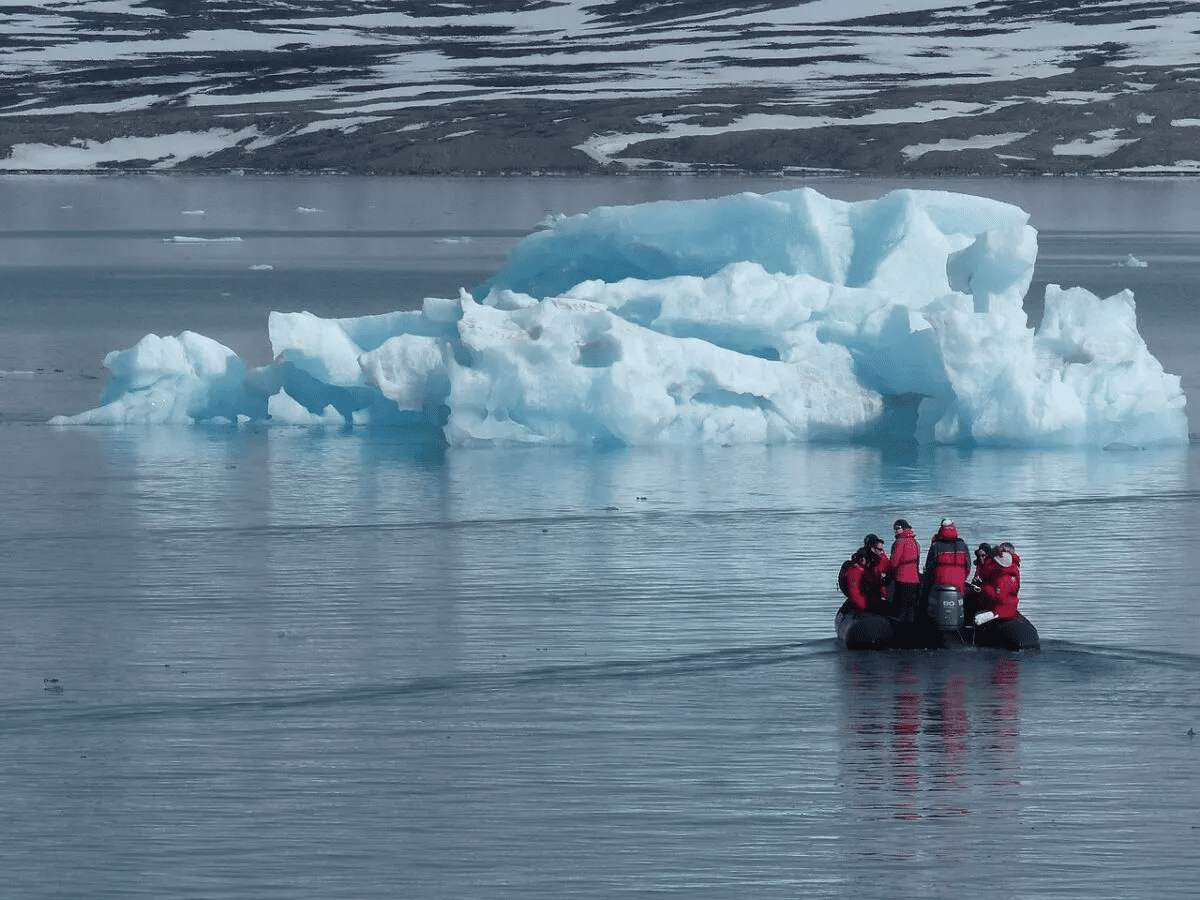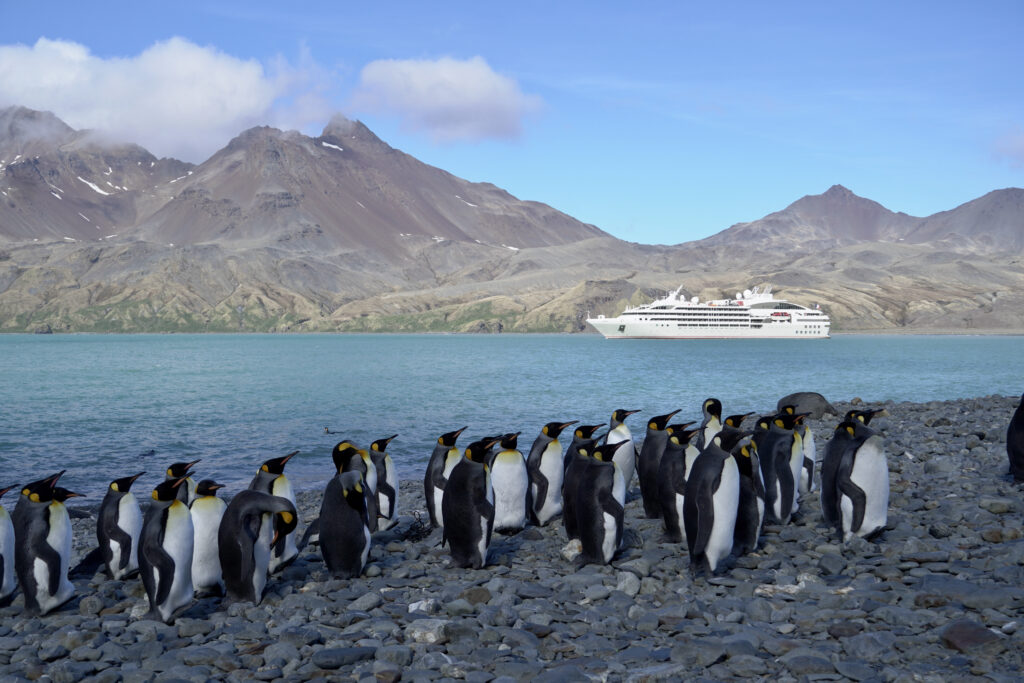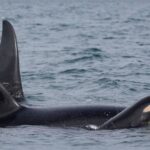The study published in the journal Nature Communications raises alarms about ice cover in the Arctic sea. The findings hint at the potential disappearance of Arctic sea ice. It suggests that the Arctic could be free of sea ice during September as early as the 2030s, and even with significant cuts in planet-heating pollution, summers without sea ice could occur by the 2050s. The research analyzed satellite data and climate models from 1979 to 2019, revealing that human-caused, planet-heating pollution is the primary driver of declining sea ice. The previous models had underestimated the rate of Arctic sea ice melting. The study’s lead author, Seung-Ki Min, expressed surprise at the finding that an ice-free Arctic would occur in summer regardless of emissions reduction efforts.
The disappearance of Arctic sea ice in any month would indicate a critical point of climate breakdown with significant global consequences, including a rise in sea levels. The study’s projection of a complete loss of sea ice from August to October by the 2080s under a higher emissions pathway challenges the Intergovernmental Panel on Climate Change’s previous assessment of near-mid-century ice-free conditions. The Arctic has witnessed swift temperature rises at a rate four times faster than the global average in previous decades. As per NASA, September period sea ice has been reducing at a rate of 12.6% per decade. An ice-free Arctic in summer would trigger a feedback process known as “Arctic amplification” where the dark ocean absorbs more heat, leading to further warming.
Similar Post
The persistence of multiyear sea ice until September and beyond acts as a cooling buffer, reducing sunlight absorption and slowing global warming. Its loss would accelerate the melting of other vital ice sheets, such as the one in Greenland, exacerbating global warming through positive feedback. The decline of sea ice can also impact global weather patterns beyond the Arctic, potentially increasing extreme events like heatwaves, wildfires, and floods in northern latitudes. The study’s combination of climate models and satellite images since 1979 shows a significant decrease in multiyear sea ice, with a loss of approximately 3 million square kilometers, equivalent to the size of India. The consequences of an ice-free September before 2030 would lead to warmer global temperatures in the north, affecting ecosystems, atmospheric circulation, storm patterns, ocean activity, and potentially increasing commercial shipping, which could contribute to more emissions and pollution in the region.
Scientists emphasize that we have already been witnessing the impacts of Arctic ice loss, but the future consequences will likely be more severe. They argue that the Arctic is reaching a tipping point and describe Arctic sea ice as the immune system of the Earth, protecting it from harm. Without this protector, the condition of the Arctic will rapidly worsen.


















